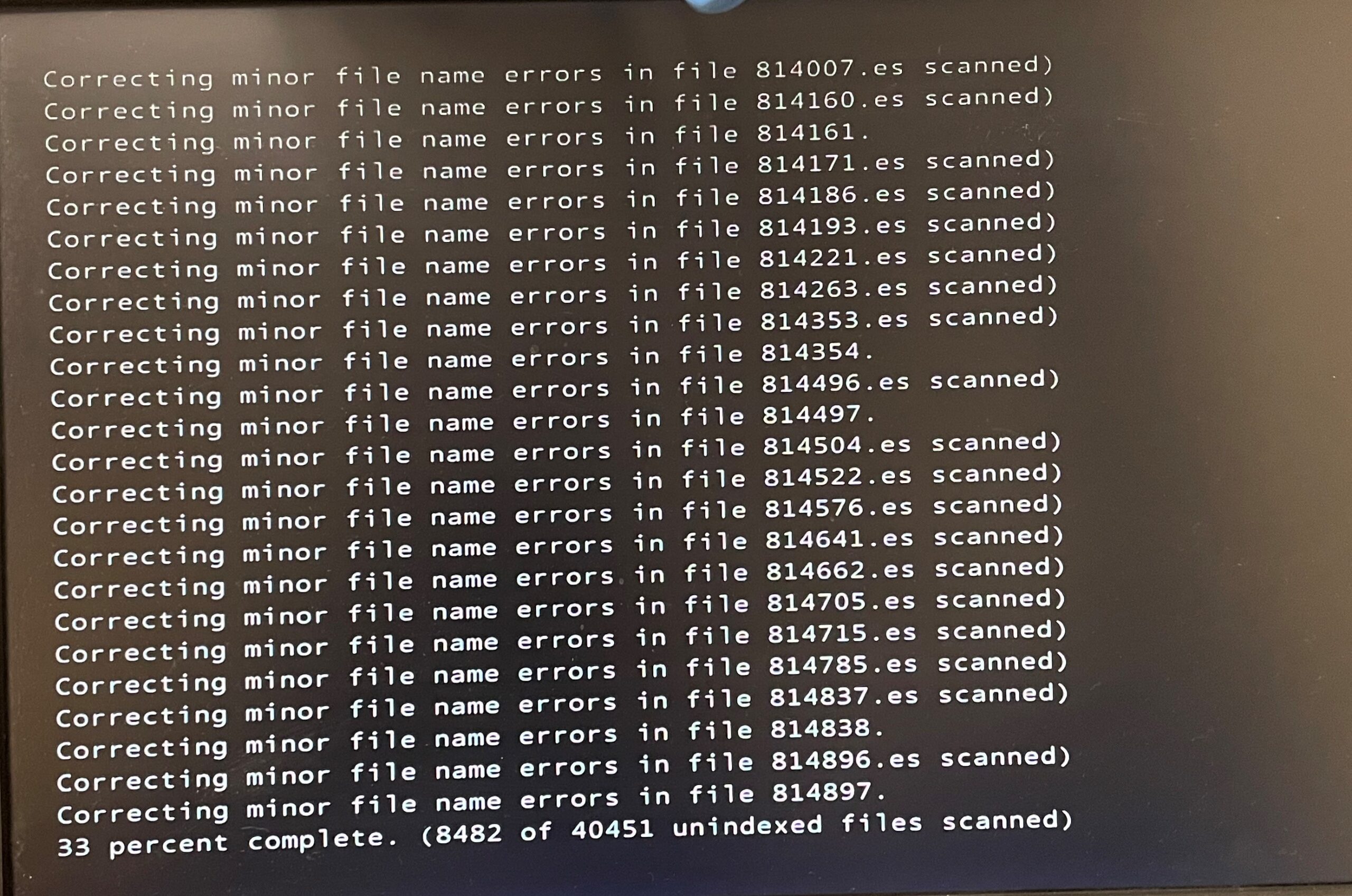Case Study – New Server for Local Charity

The Local Charity is an essential organization in our community, providing food assistance to those in need. Farmhouse Networking made them aware of their immediate need to replace their failing server. This case study explores the process of implementing a new server system for the Charity, highlighting critical steps and potential challenges.
Understanding the Charity’s Requirements:
Before embarking on any IT solution, it is essential to have a clear understanding of the organization’s needs. In this case, it was crucial to identify the Charity’s current server limitations and future growth projections. By conducting a thorough assessment of their existing infrastructure, Farmhouse Networking was able to determined a new server solution that would meet their current and future demands.
Selecting the Right Server Hardware:
Choosing the appropriate server hardware is a critical decision that requires careful consideration. Factors such as processing power, storage capacity, and scalability need to be evaluated. In this case, a rack-mounted NAS running a virtual server was recommended, allowing for future expansion of storage and resources as the Charity’s needs evolve.
Evaluating Server Software:
In addition to hardware, selecting the right server software is crucial for optimal performance and security. It was determined that a modern operating system with advanced security features, such as a trusted virtualization platform, would be necessary to safeguard sensitive client data. Additionally, compatibility with existing software and ease of integration were key considerations.
Planning the Implementation Process:
Implementing a new server system requires careful planning to minimize disruption to daily operations. It was imperative to create a detailed project plan, outlining tasks, timelines, and resource requirements. In collaboration with the Charity’s staff, a phased approach was adopted to ensure a smooth transition from the old server to the new solution.
Migrating Data and Applications:
Data migration poses potential risks, including data loss and service interruptions. To mitigate these risks, a thorough data backup strategy was developed in advance. The migration process involved transferring data and applications from the old system to the new server while ensuring data integrity and minimizing downtime. Rigorous testing was conducted to verify the successful transfer of critical data and applications.
Testing and Optimization:
Once the data migration was complete, thorough testing of the new server system was conducted to ensure its stability and performance. This included stress testing, security audits, and performance optimization to identify and rectify any issues before going live. Regular monitoring tools were also implemented to proactively identify any potential bottlenecks in the future.
Conclusion:
By implementing a carefully planned and executed server solution, the Local Charity was able to improve their overall operational efficiency, enhance data security, and accommodate any increase in demand for services. It is crucial to approach server implementations with thorough research, evaluation, and planning to ensure success while avoiding potential pitfalls. By leveraging the right hardware, software, and implementation strategies, organizations can optimize their IT infrastructure and better serve their communities.
Get Your IT Project Started Today!
Give us a call. It’s that easy.